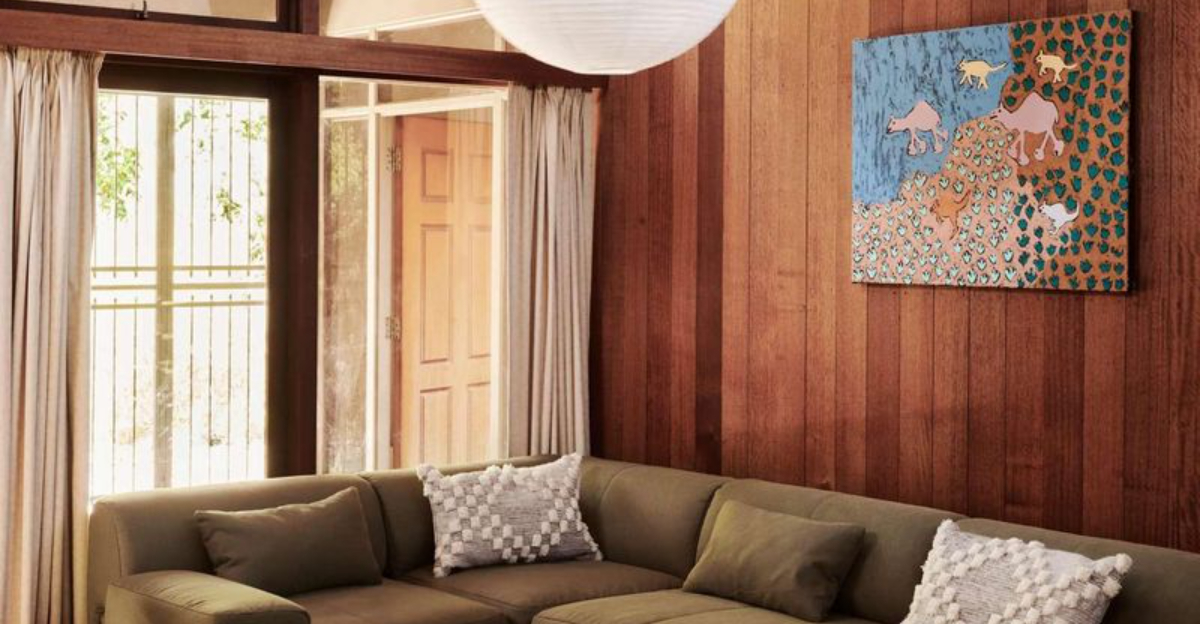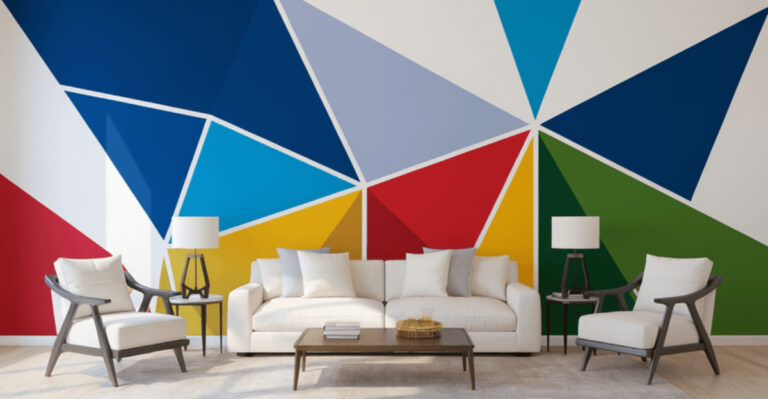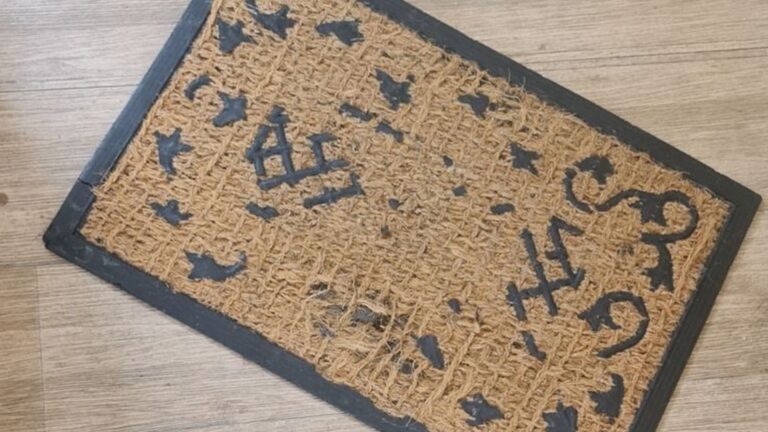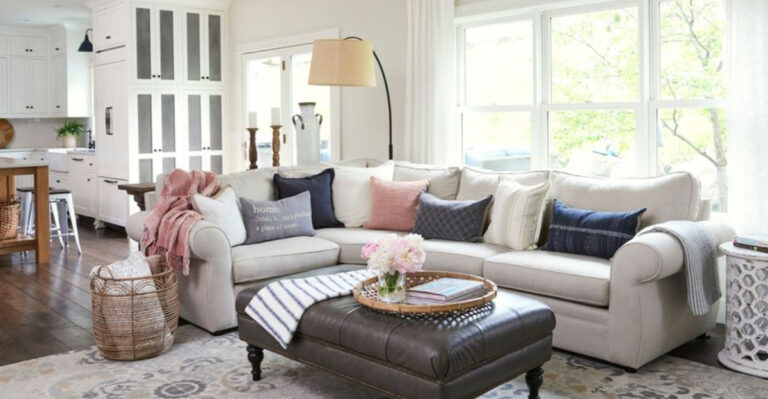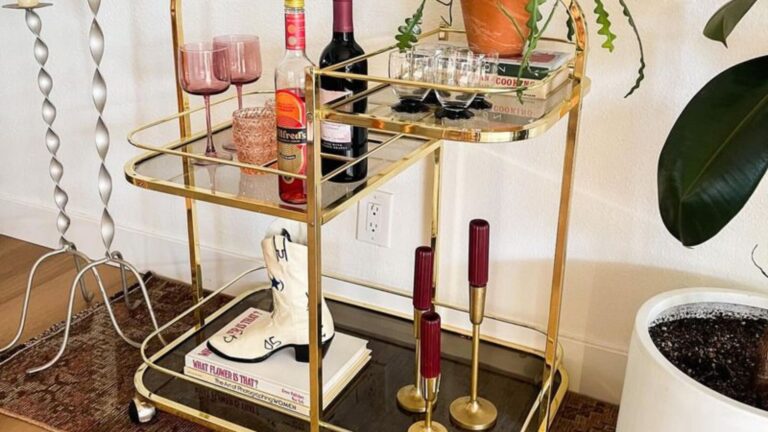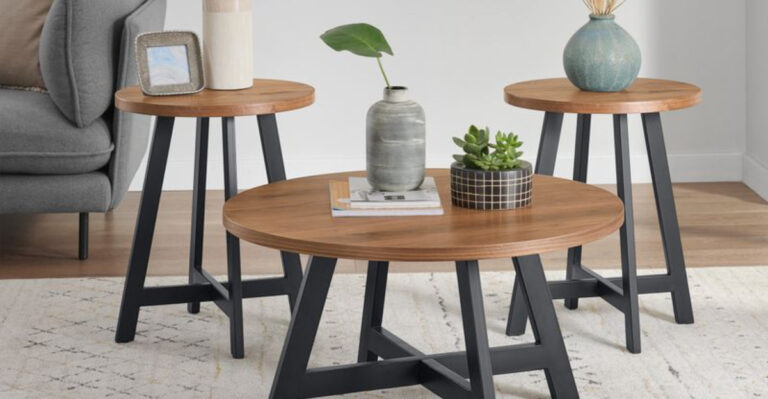16 House Items Boomers Should Give Up Already (Plus 4 They Should Never Have Had)
I’ve seen it happen a lot, even in my own family, homes slowly turning into mini museums filled with stuff from decades ago. It’s those things we don’t really use anymore but can’t quite let go of, often because of the memories they hold.
For many Baby Boomers, hanging onto these items feels comforting, but honestly, it can turn the home into cluttered, less safe, and less enjoyable.
I totally get the sentimental pull, but sometimes we need to ask ourselves if these things are making our homes better or just weighing us down.
1. Vintage Lava Lamp Shrines
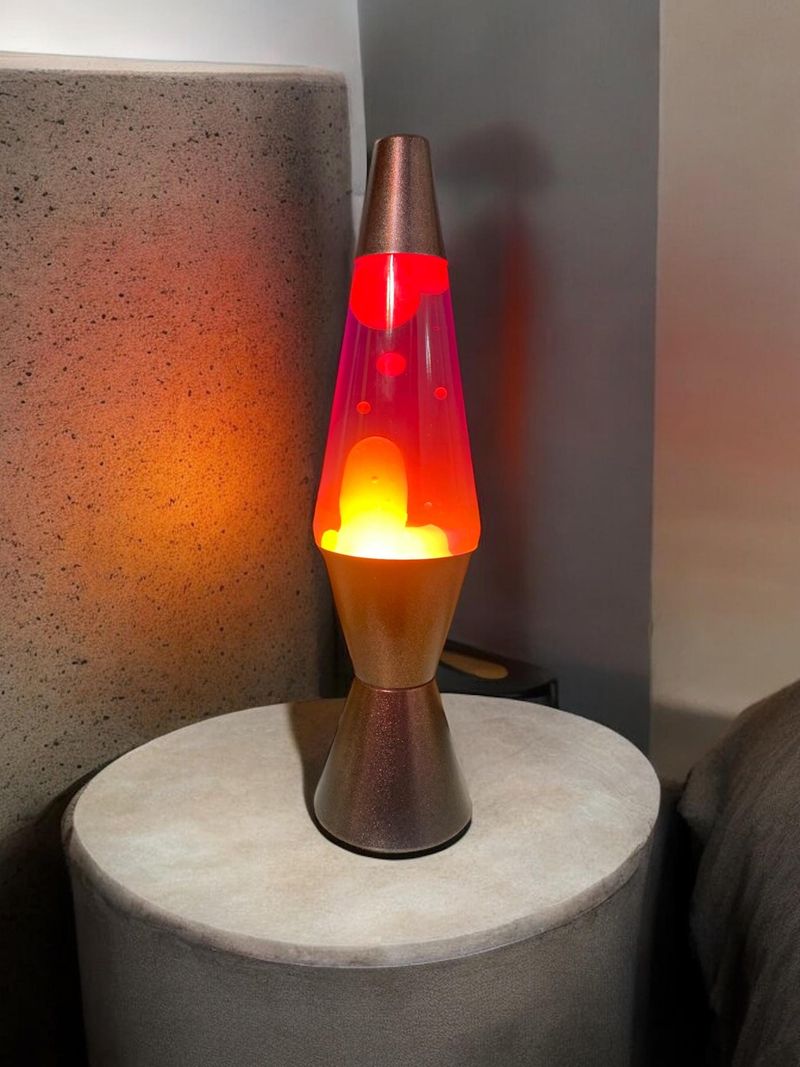
Nothing screams “groovy” quite like a collection of bubbling lava lamps casting colorful shadows across the living room. Many Boomers who lived through the psychedelic era can’t resist keeping these mesmerizing relics from their youth.
What started as one nostalgic purchase often evolves into a full-blown shrine with lamps in every color imaginable. Purple, orange, green, and blue blobs dance hypnotically on every available surface.
While undeniably cool, these energy-hungry decorations consume electricity constantly and generate surprising amounts of heat. Modern guests often find them more distracting than atmospheric, especially when trying to have conversations.
2. Dusty China Collections
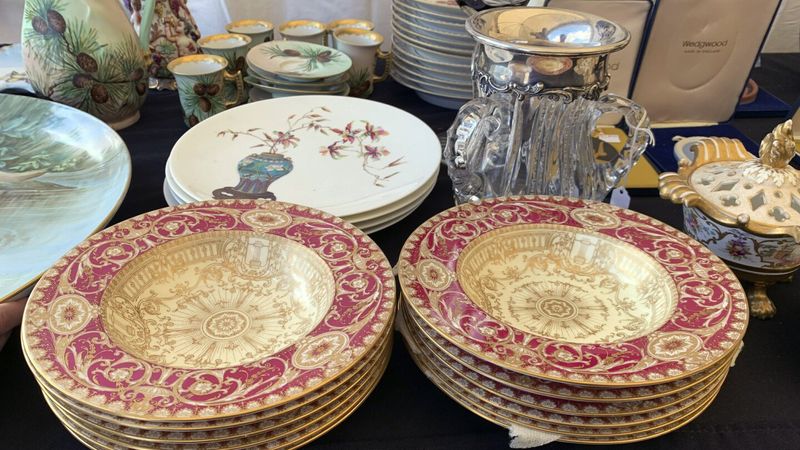
Remember those fancy plates you received as wedding gifts? They’re probably sitting behind glass doors, collecting dust particles and never seeing the light of day.
China cabinets filled with unused dishes occupy prime real estate in dining rooms across America. Ornate patterns that were fashionable decades ago now look fussy and dated.
Plus, many contain lead that makes them unsafe for actual food use. Modern homes favor open shelving and everyday dishes that actually get used instead of being preserved like museum artifacts.
3. Shag Carpet Nightmares
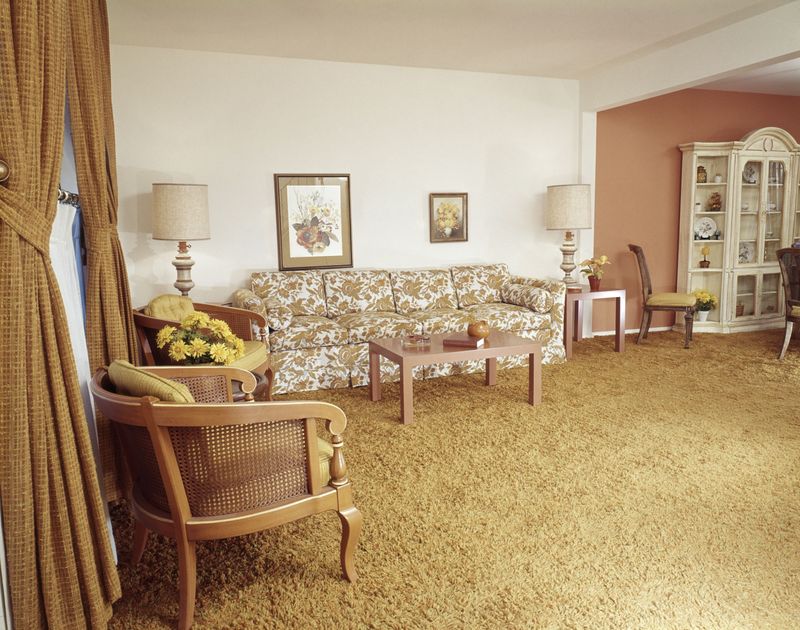
Wall-to-wall shag carpeting might have felt luxurious in 1975, but now it’s a magnet for allergens, pet hair, and mysterious stains that no cleaner can remove.
Those deep fibers trap everything from dust mites to food crumbs, creating an unhealthy environment. Sometimes the worst offenders are those in unfortunate colors like harvest gold or avocado green.
Beneath that fuzzy surface lurks decades of particles no vacuum can reach. Hardwood floors or modern low-pile carpets offer cleaner, more contemporary alternatives.
4. Magazine Mountains
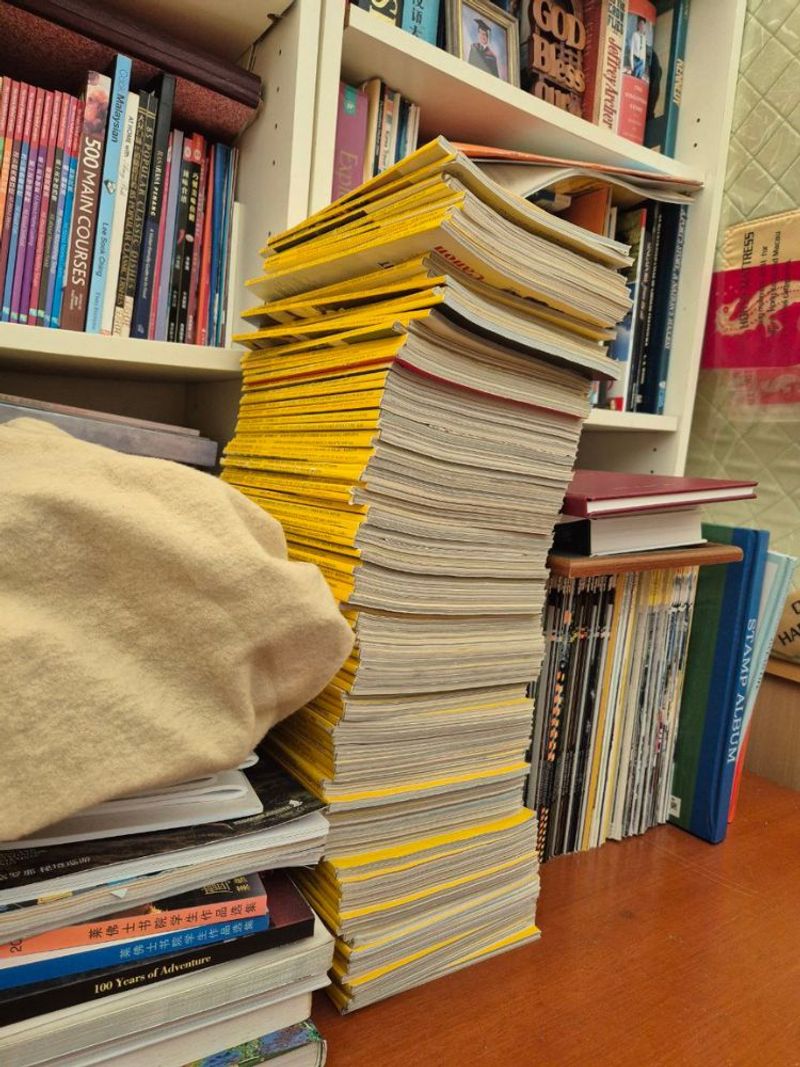
Stacks of National Geographic and Reader’s Digest from the 1980s aren’t vintage treasures – they’re fire hazards and dust collectors.
Many Boomers can’t bear to part with these yellowing publications, insisting they’ll read them “someday.” Towering piles create perfect homes for silverfish and other paper-loving pests.
Those glossy pages also release chemicals as they degrade. Nearly everything in those magazines can now be found online without taking up physical space or attracting unwanted six-legged roommates.
5. Wood Paneling Time Capsules
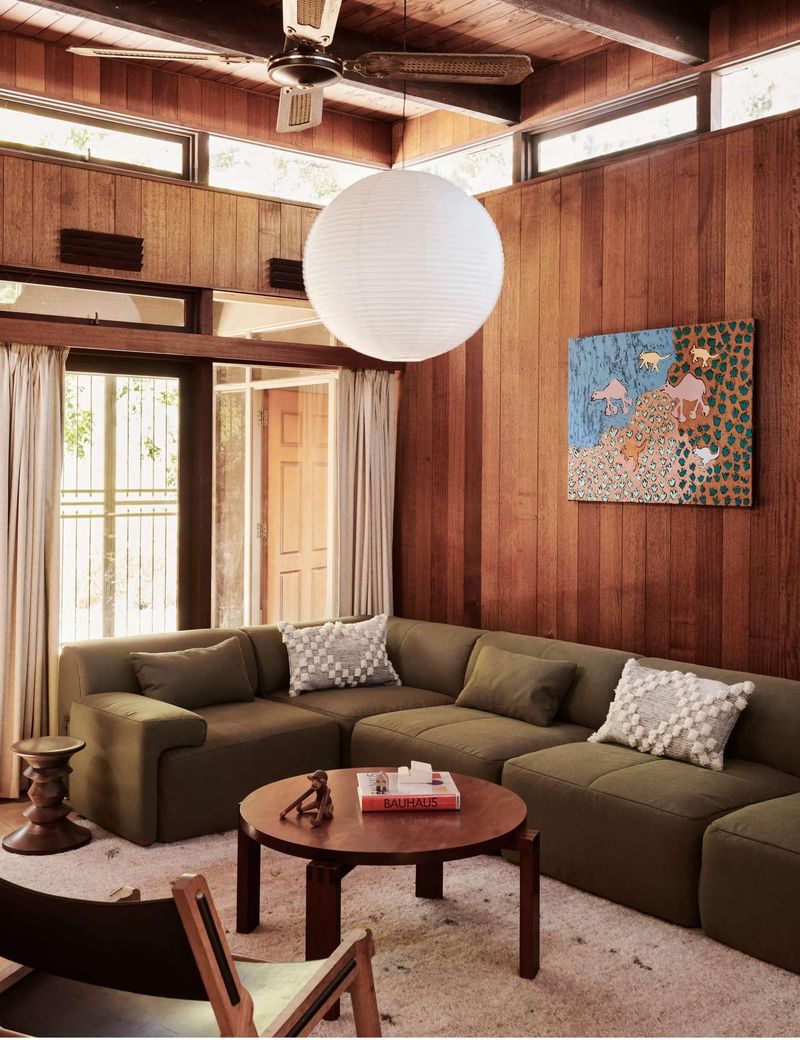
Dark wood paneling instantly transports visitors back to the Brady Bunch era – and not in a good way. This wall covering makes rooms feel smaller, darker, and stuck in a time warp that’s impossible to escape without major renovations.
Fake wood grain patterns haven’t aged well, often warping or fading unevenly over the decades. While some might call it “vintage charm,” most real estate agents call it a reason to lower asking prices.
Modern paint colors or properly installed drywall can instantly bring a room into this century.
6. Faded Reclining Sofas
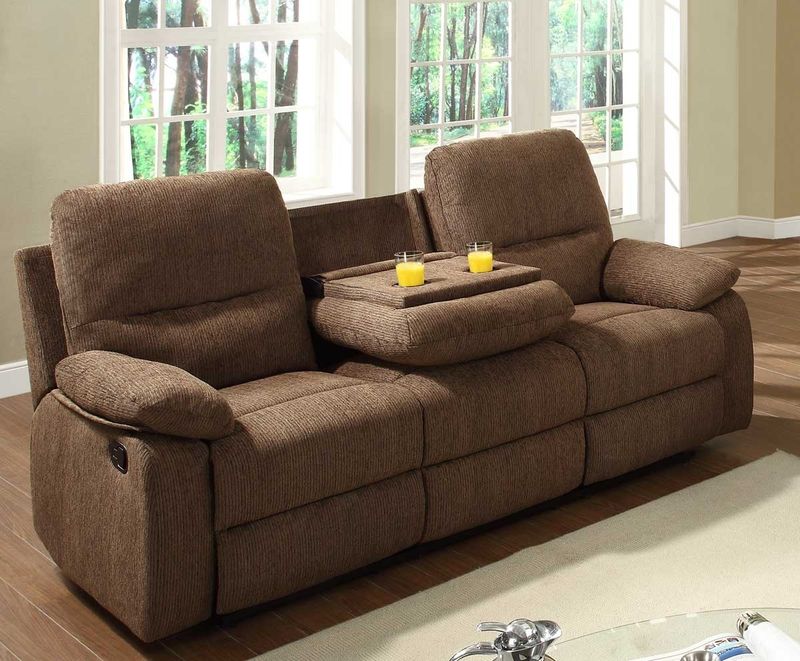
Nothing says “I’ve given up on style” quite like a massive reclining sofa with built-in cupholders and phone pockets. Often covered in stain-resistant fabric that somehow still manages to look perpetually dirty, these behemoths dominate living rooms across America.
Where once they represented the height of convenience, they now showcase outdated priorities – TV watching above all else.
The mechanisms frequently break, leaving sections permanently extended. Modern sectionals offer flexibility without the bulky, theater-seat aesthetic.
7. Plastic Couch Covers
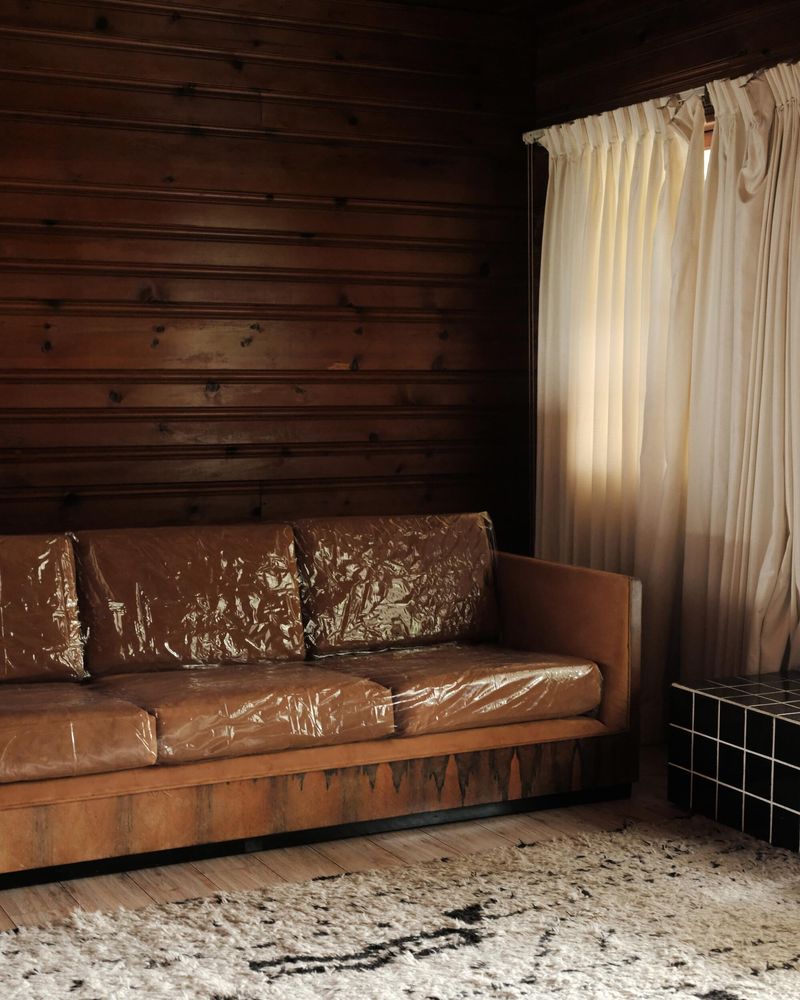
Nothing screams “don’t get comfortable” like furniture wrapped in clear plastic. Many Boomers preserve their “good furniture” under these sticky, noisy covers that make sitting an uncomfortable, sweaty experience for everyone.
While intended to protect upholstery, plastic covers actually trap moisture that can lead to mildew. They also yellow over time, making furniture look worse than normal wear would.
Furniture is meant to be used and enjoyed, not preserved like museum pieces under plastic that sticks to bare legs.
8. Overstuffed Medicine Cabinets
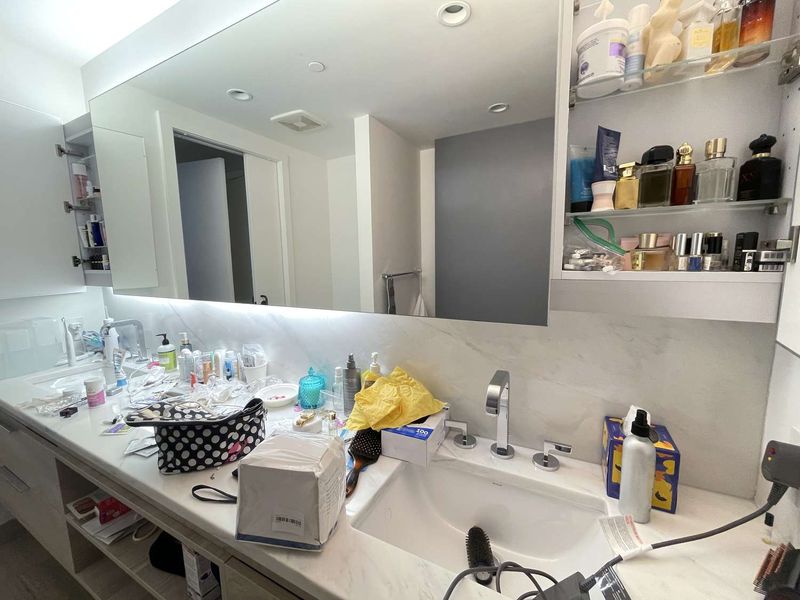
Expired medications from three presidencies ago don’t belong in your bathroom. Many Boomers stockpile prescription drugs, over-the-counter remedies, and half-used ointments that lost effectiveness during the Clinton administration.
These outdated pharmaceuticals can become dangerous as they degrade chemically. The moisture in bathrooms accelerates this breakdown process.
Proper medication disposal protects both your household and the environment from potential harm caused by these forgotten pills and potions.
9. Dusty Artificial Plants
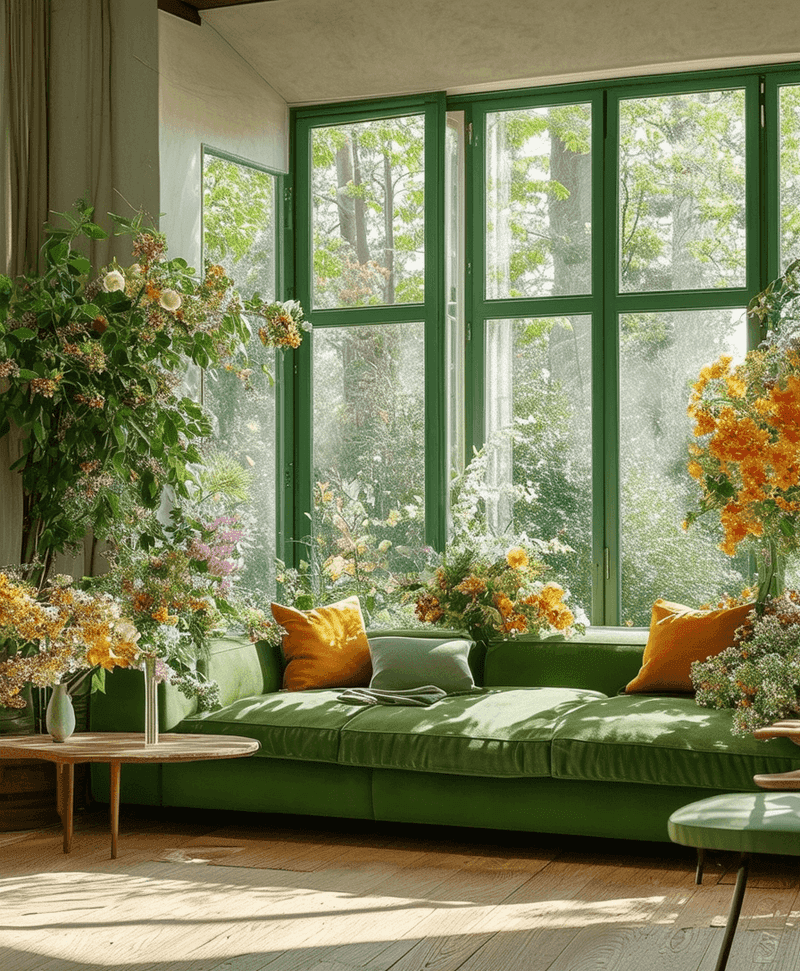
Silk ferns and plastic flowers might have seemed low-maintenance in 1985, but decades later, they’re just dust magnets with faded colors.
Once realistic-looking artificial plants now appear obviously fake, with brittle leaves that break when touched. Many collect so much dust they become health hazards for people with allergies.
The plastic materials also degrade over time, releasing chemicals into your home. Live plants actually improve air quality instead of compromising it, making them the healthier choice for modern homes.
10. Overwhelming Knickknack Collections
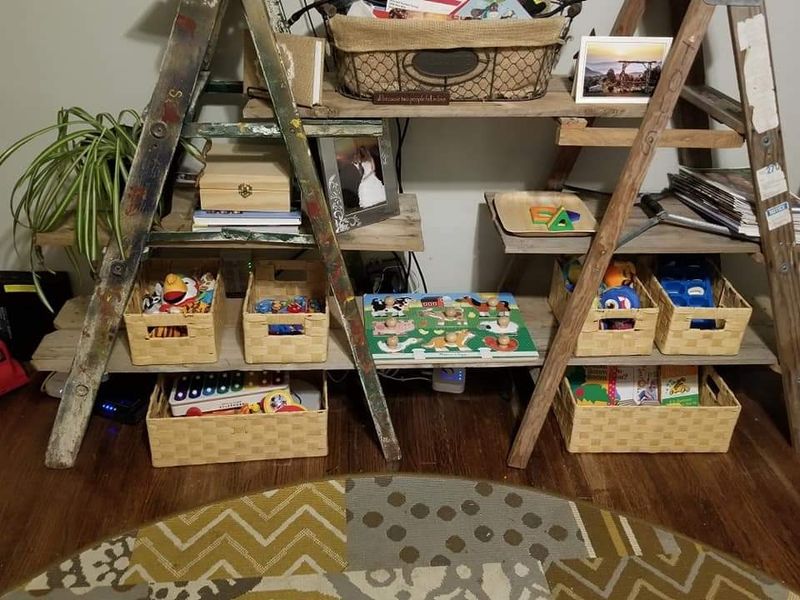
Shelves crammed with porcelain figurines, souvenir spoons, and Precious Moments collectibles create visual chaos and endless dusting chores.
Many Boomers display these tiny treasures on every available surface, creating cluttered rooms that feel smaller and more chaotic. Beyond the aesthetic issues, these collections become dust traps that worsen indoor air quality.
They’re also prime targets for accidental breakage. Curating collections down to a meaningful few pieces allows for proper display and appreciation without overwhelming your space.
11. Ancient Bathroom Carpeting
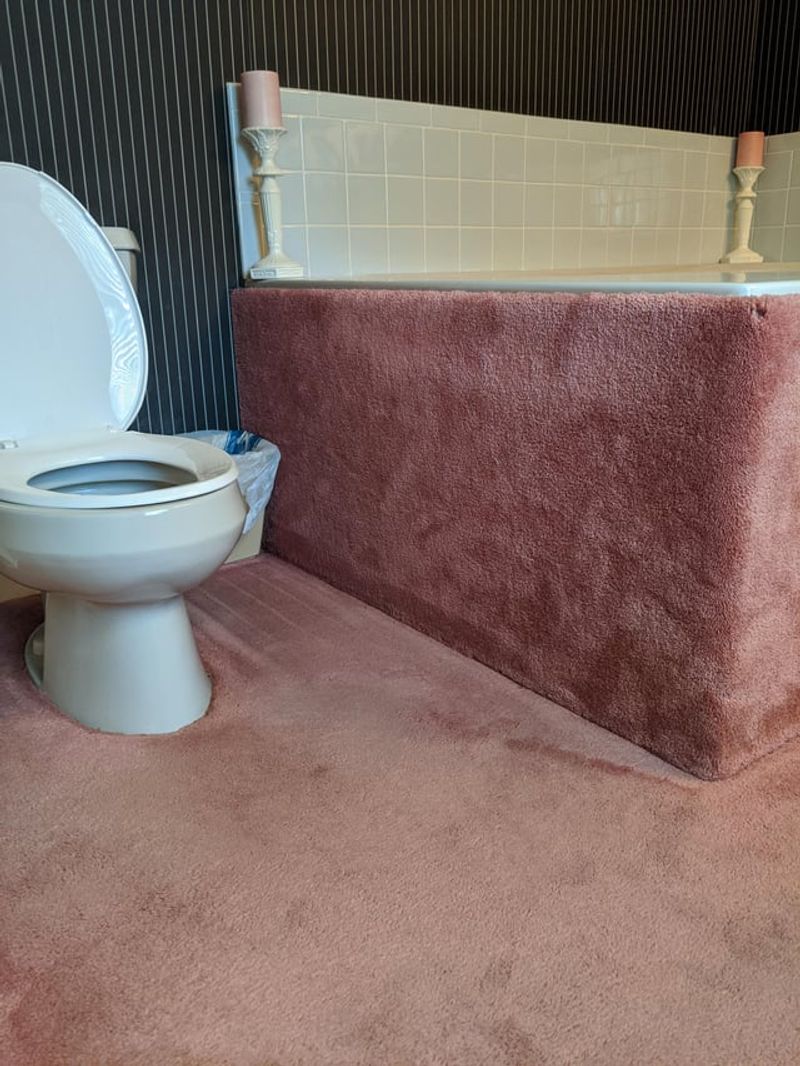
Wall-to-wall carpeting in bathrooms was somehow considered luxurious in the 1970s. Now we recognize these moisture-trapping floor coverings as breeding grounds for mold, mildew, and bacteria.
Often found in dated colors like powder blue or pink, bathroom carpets absorb everything from water splashes to toilet overflow.
Underneath that soft surface lurks years of accumulated moisture damage. Tile, vinyl, or other water-resistant flooring options provide both safety and style without the microbial risk.
12. Popcorn Ceiling Disasters
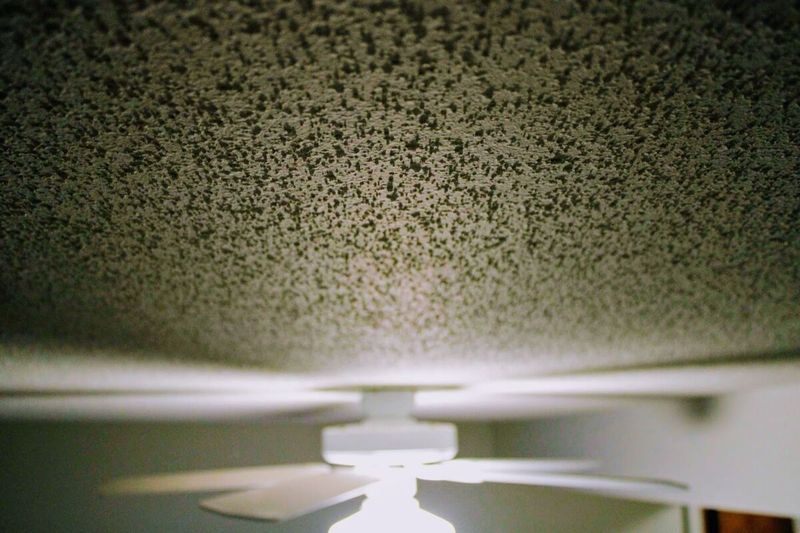
Those bumpy “popcorn” ceilings were once considered modern, but now they’re just dated hazards collecting dust and possibly containing asbestos.
Removing them is a messy, expensive project, which explains why many Boomers simply live with this textured eyesore. Beyond their unappealing look, these ceilings are impossible to clean properly.
Dust and cobwebs cling to the rough surface, and any attempt to wipe them creates crumbling messes. Smooth ceilings reflect light better and create a more spacious feeling in any room.
13. Faded Bathroom Wallpaper
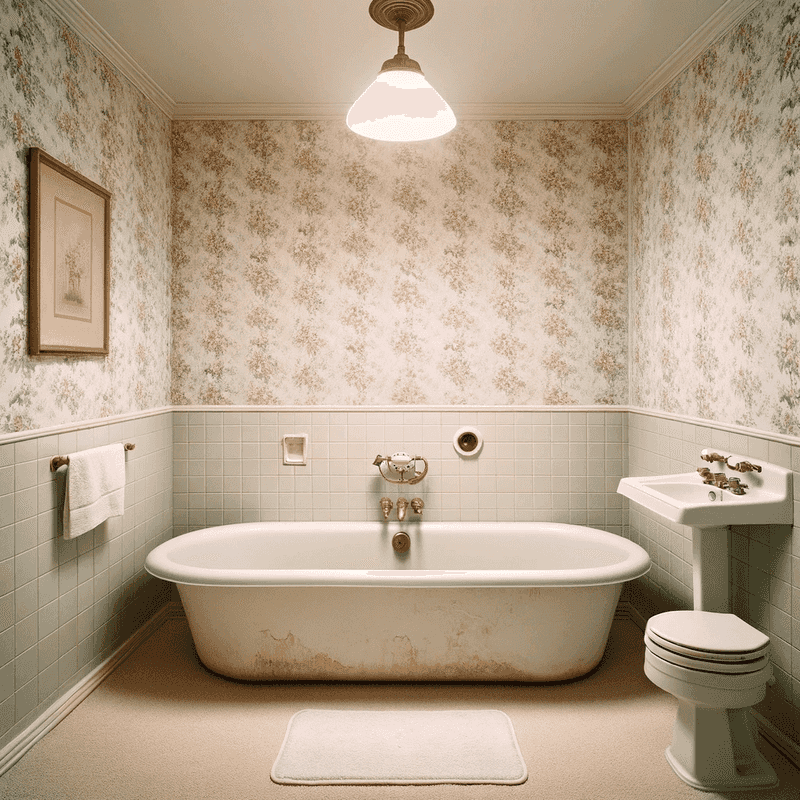
Floral or striped wallpaper from the 1980s doesn’t age gracefully, especially in humid bathroom environments. Many Boomers hang onto these peeling, water-stained wall coverings long after they should be replaced.
Outdated patterns featuring country geese or Victorian florals make bathrooms feel cluttered and small. Worse yet, the adhesive eventually fails in high-moisture areas, creating bubbles and peeling edges.
Modern bathrooms favor clean paint colors or water-resistant wallpapers specifically designed for bathroom environments.
14. Broken Exercise Equipment
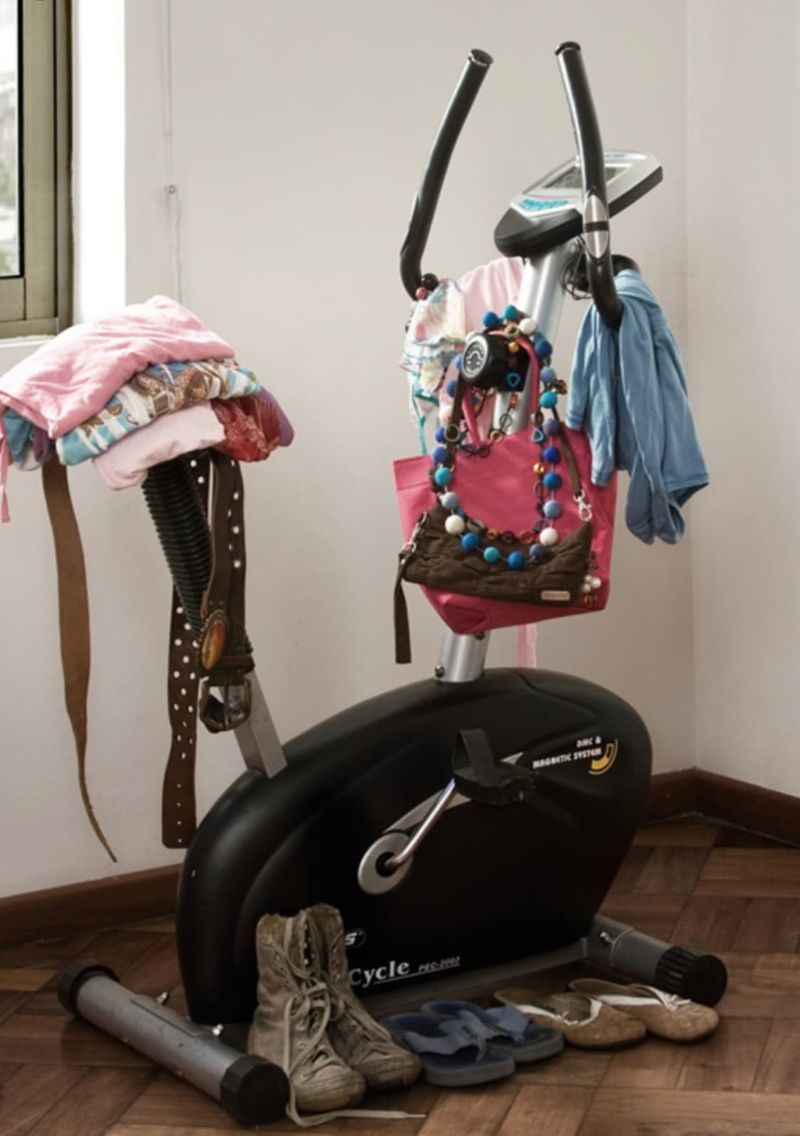
That treadmill purchased during the first Bush administration isn’t a fitness tool anymore – it’s an expensive clothes rack. Many Boomers keep non-functioning exercise equipment taking up valuable space in bedrooms or basements.
Outdated machines often have dangerous mechanical issues or frayed electrical components. Even working vintage equipment lacks modern safety features and ergonomic designs.
Unless you’re actually using it regularly, that space-hogging fitness dinosaur should find a new home through donation or recycling.
15. Overstuffed Filing Cabinets
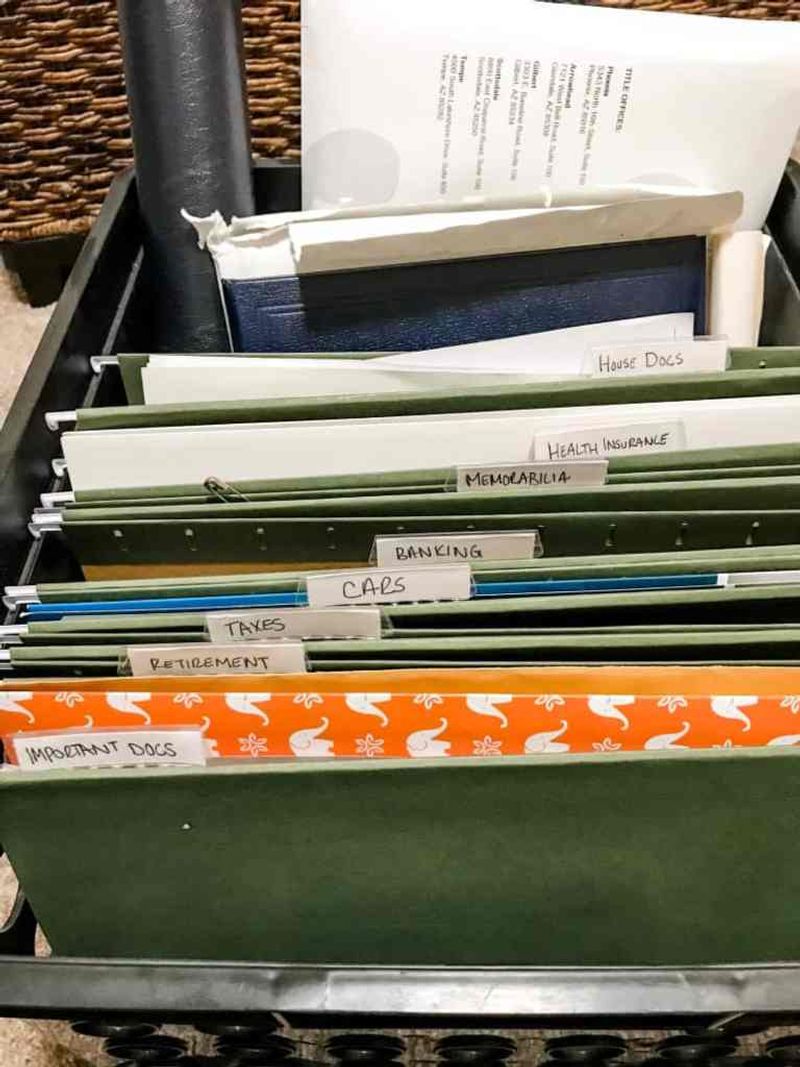
Tax returns from 1987 aren’t needed anymore, yet many Boomers keep decades of financial paperwork “just in case.” These overstuffed filing cabinets become fire hazards while taking up valuable space in home offices or basements.
Most financial experts recommend keeping tax documents for seven years maximum. Ancient bank statements and utility bills from previous decades serve no purpose.
Digital storage options provide secure alternatives without the physical clutter, making those hulking metal cabinets unnecessary relics.
16. VHS Tape Libraries

Collections of VHS tapes gather dust in entertainment centers across America, despite most Boomers no longer owning functional VCRs. These plastic rectangles contain deteriorating magnetic tape that degrades even when unused.
Recorded shows from the 90s and store-bought movies now available on streaming services waste valuable storage space.
The plastic cases often yellow with age and emit chemicals as they break down. Unless you’re preserving truly irreplaceable home movies, these obsolete media formats should be properly recycled.
17. Ancient Window Treatments
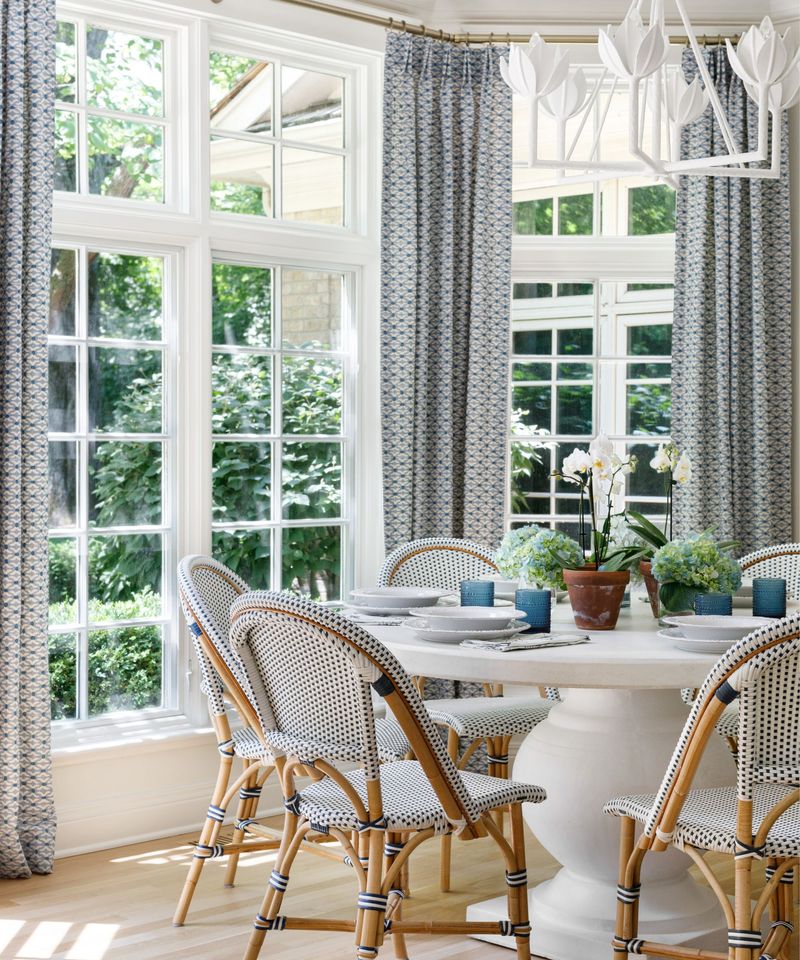
Heavy floral drapes with matching valances block natural light and collect decades of dust. Many Boomers hang onto these outdated window coverings because they were expensive investments back in the day.
Faded from years of sun exposure, these fabrics often harbor allergens and even mold spores in their deep folds. Their bulky appearance makes rooms feel smaller and darker than necessary.
Modern window treatments offer better light control, energy efficiency, and a cleaner aesthetic without the dust-collecting bulk.
18. Broken Appliance Graveyards
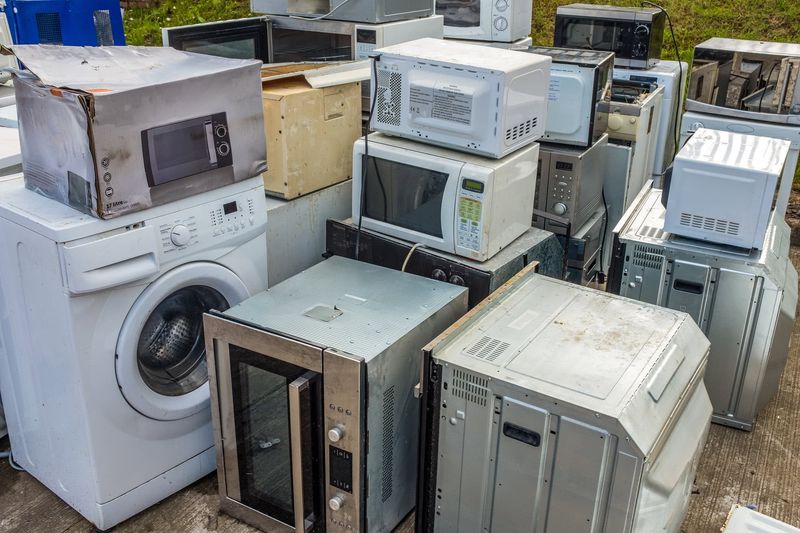
Many Boomer garages and basements have become resting places for appliances that stopped working during the Clinton administration. From toasters to vacuum cleaners, these broken items await repairs that will never happen.
Keeping non-functional electronics creates clutter while potentially leaking harmful chemicals from degrading components.
Some contain hazardous materials that should be properly disposed of rather than stored indefinitely. Modern appliances offer better energy efficiency and safety features that make keeping these vintage items pointless.
19. Ancient Pillows And Mattresses
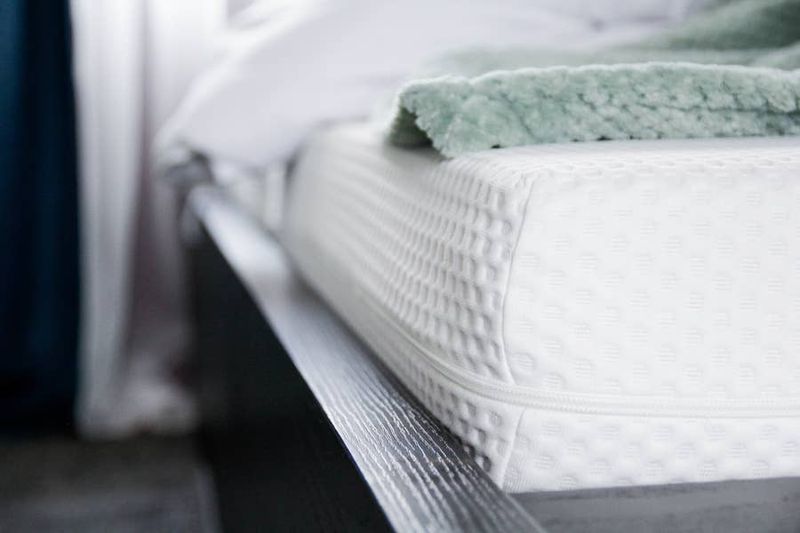
That pillow you’ve had since the 80s isn’t providing proper support – it’s harboring dust mites and dead skin cells. Many Boomers keep bedding far beyond its useful lifespan, compromising both comfort and health.
Mattresses should be replaced every 7-10 years, yet many homes contain sagging sleep surfaces twice that age. Old pillows lose their supportive properties while collecting allergens that cause respiratory issues.
Quality sleep requires proper bedding that supports aging bodies rather than contributing to aches and pains.
20. Toxic Cleaning Product Stockpiles
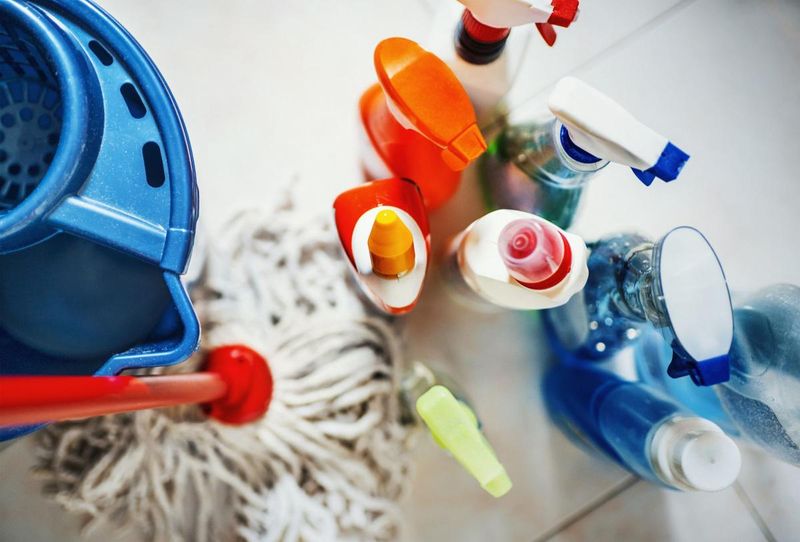
Under-sink cabinets shouldn’t contain cleaning products from three decades ago, yet many Boomers stockpile harsh chemicals that have long since expired.
These forgotten bottles often leak, creating hazardous conditions and damaging cabinet interiors. Older cleaning formulas contained chemicals now recognized as harmful to health and the environment.
The plastic containers degrade over time, potentially releasing toxic compounds. Modern, eco-friendly cleaning options work effectively without the health risks or environmental impact of these vintage chemical cocktails.

